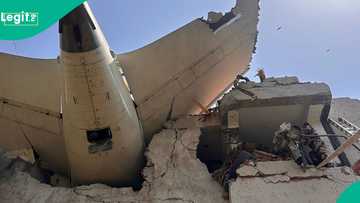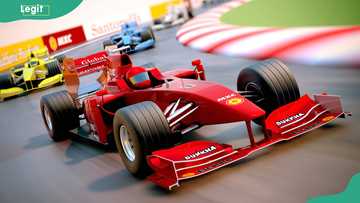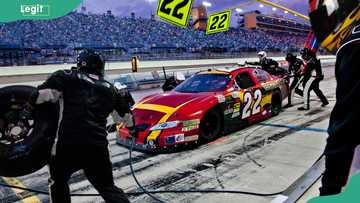How long is an F1 race? Time, laps, and limits explained from start to finish
How long is an F1 race? A Formula 1 race takes about two hours to complete, depending on the track and race conditions, covering at least 305 kilometres (190 miles). F1 races are tightly structured, with rules that define the number of laps, the total race time, and how long the action can go on under certain conditions.
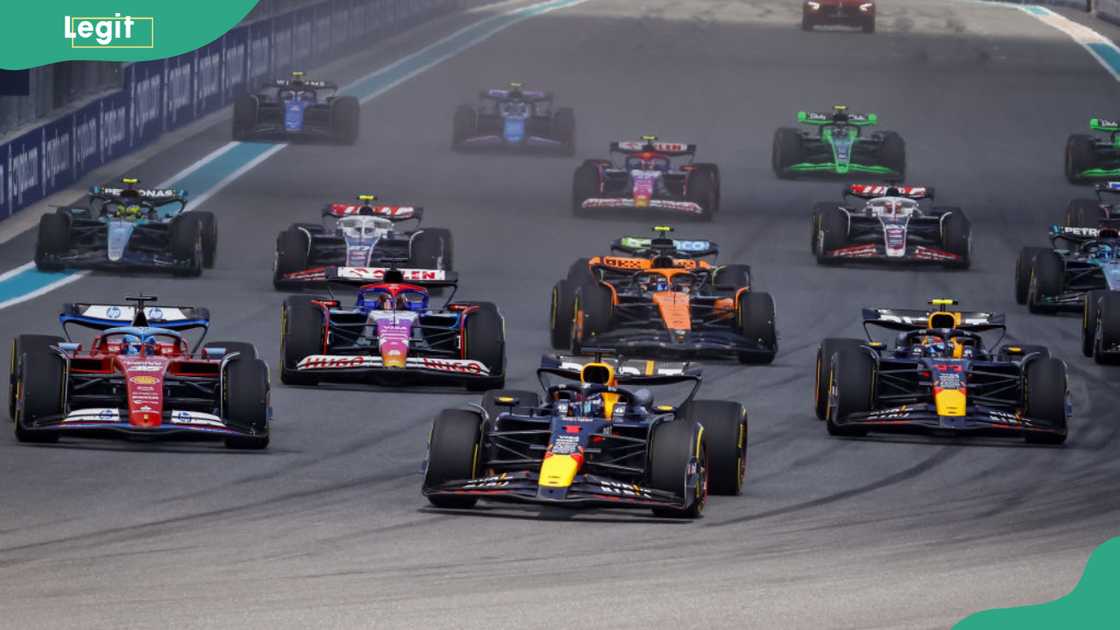
Source: Getty Images
TABLE OF CONTENTS
- Key takeaways
- How long is an F1 race?
- Factors affecting race duration
- How many laps are in an F1 race?
- How long are F1 sprint races?
- What was the longest F1 race in history?
- What is the shortest race in F1 history?
- What is the most number of laps in a single F1 race?
- Why is F1 305 km?
- What is the maximum time for an F1 race?
- What is the average F1 track length per lap?
Key takeaways
- Most Formula 1 races last around two hours, depending on the number of red flag incidents.
- The duration can vary depending on the Grand Prix, and factors such as safety cars or red flags may affect the race length.
- A standard Formula 1 race covers at least 305 km (190 miles), except for Monaco, which is shorter.
- Sprint races, introduced in 2021, are shorter, lasting about 30 minutes and covering 100 km (62 miles).
- The number of laps in a Formula 1 race varies on the circuit length.
How long is an F1 race?
Formula 1 races are known for their speed, skill, and strategy, but they also follow strict rules about how long they can last. While a Grand Prix typically lasts around 90 minutes, the exact duration can vary depending on the track and race conditions.
According to Formula 1 regulations, a race usually takes about two hours to complete, but if there are delays or stoppages, it must be finished within a maximum of three hours.
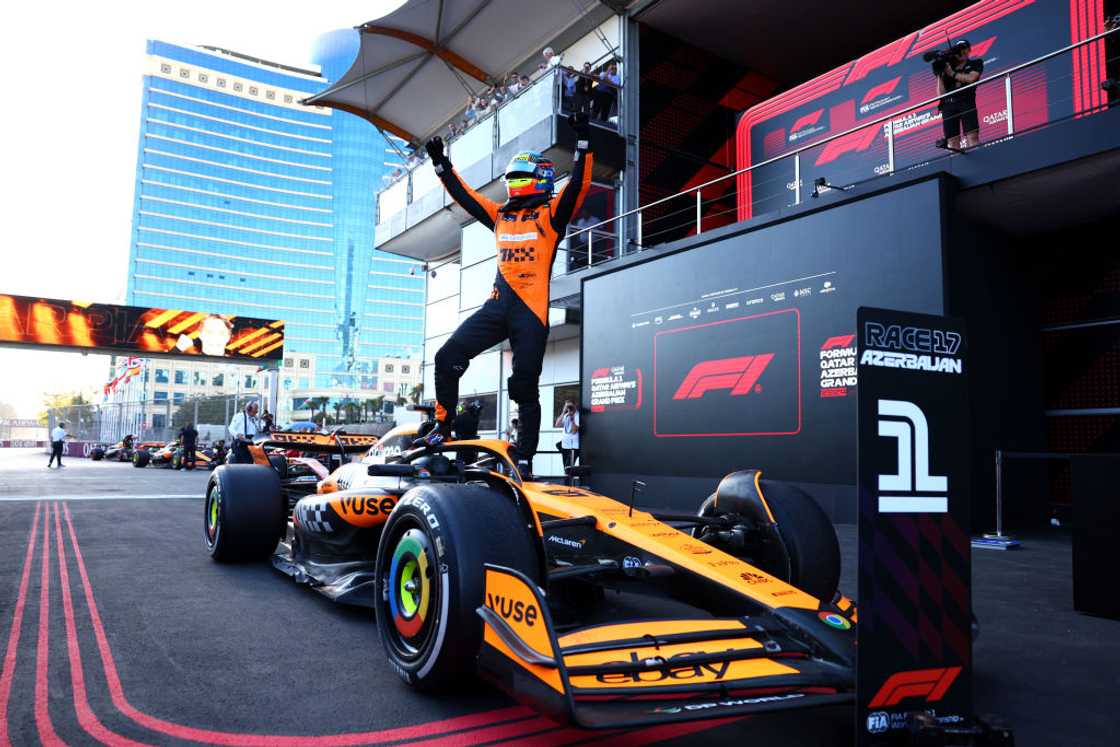
Source: Getty Images
Factors affecting race duration
Several factors can affect the duration of an F1 race, sometimes causing it to run longer than usual. Here are the key ones:
- Weather conditions: Weather conditions like heavy rain, poor visibility, strong winds, or extreme heat can significantly delay or disrupt an F1 race. In severe cases, races may be paused, restarted behind a safety car, or even cancelled for safety reasons.
- Debris on the track: Debris on the track, such as parts from collisions or tire fragments, can trigger yellow flags, safety cars, or even red flags to ensure driver safety. Clearing the debris often causes delays and can extend the overall race duration.
- Pit stops and team strategies: Pit stops and team strategies affect race duration by influencing track position, tire performance, and overall pace.
- Track layout and length: This directly impacts race duration, as shorter circuits require more laps and usually result in slower overall speeds, while longer, faster tracks allow for quicker lap completion.
- Safety cars and red flags: Safety cars and red flags slow or pause the race to handle on-track incidents or unsafe conditions.
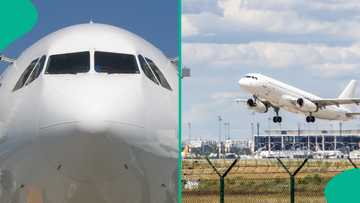
Read also
Aviation expert explains pilot's alleged mistake that may have caused deadly Air India crash
If such circumstances arise, the F1 regulators may choose to suspend the race. However, the total duration of an F1 race, including any stoppages, cannot exceed 3 hours. In some cases, races have been delayed at the start or suspended partway through due to these conditions.
How many laps are in an F1 race?
The number of laps in a Formula 1 race varies depending on the circuit length, with Monaco having 78 laps and Belgium having 44 laps. Each Grand Prix covers a minimum distance of 190 miles (305 km), except for Monaco, which is shorter. The average number of laps per F1 track is 60.25.
Below is a breakdown of various Formula 1 races, detailing the circuit length, total race distance, and the number of laps in each Grand Prix.
Race | Circuit | Circuit length | Race Distance | Number of laps |
Australian Grand Prix | Melbourne Grand Prix Circuit | 5.303km | 307.574km | 58 |
Monaco Grand Prix | Circuit de Monaco | 3.337km | 260.286km | 78 |
Azerbaijan Grand Prix | Baku City Circuit | 6.003km | 306.049km | 51 |
Chinese Grand Prix | Shanghai International Circuit | 5.451km | 305.066km | 56 |
Belgian Grand Prix | Circuit de Spa-Francorchamps | 7.004km | 308.052km | 44 |
British Grand Prix | Silverstone Circuit | 5.891km | 306.198km | 52 |
Italian Grand Prix | Autodromo Nazionale di Monza | 5.793km | 306.720km | 53 |
Singapore Grand Prix | Marina Bay Street Circuit | 5.063km | 308.706km | 61 |
United States Grand Prix | Circuit of the Americas | 5.513km | 308.405km | 56 |
Dutch Grand Prix | Zandvoort | 4.259km | 306.648km | 72 |
Mexican Grand Prix | Autodromo Hermanos Rodriguez | 4.304km | 305.354km | 71 |
Brazilian Grand Prix | Autodromo Jose Carlos Pace | 4.309km | 305.879km | 71 |
Qatar Grand Prix | Lusail Circuit | 5.419km | 308.826km | 57 |
Japanese Grand Prix | Suzuka | 5.807km | 307.471km | 53 |
Chinese Grand Prix | Shanghai International Circuit | 5.451km | 305.066km | 56 |
How long are F1 sprint races?
Formula 1 sprint races, introduced in 2021, are shorter than traditional Grand Prix races. They cover 100 km (62 miles) and typically last around 30 minutes. However, they cannot exceed 60 minutes. The exact number of laps varies depending on the circuit length.
What was the longest F1 race in history?
The longest Formula 1 race in history was the 2011 Canadian Grand Prix, which lasted 4 hours, 4 minutes, and 39 seconds. Held at the Circuit Gilles Villeneuve in Montreal, the race was affected by rain, causing multiple safety car periods and a red flag delay of over two hours. In the end, British F1 driver Jenson Button won the race.
What is the shortest race in F1 history?
The shortest race in F1 history was the 2021 Belgian Grand Prix at Spa-Francorchamps, which lasted only two laps behind the safety car because of heavy rain.
Only one lap officially counted, covering just 6.880 km and lasting 3 minutes and 27.071 seconds, making it the briefest F1 race ever recorded. At the end of the race, Max Verstappen was declared the winner.
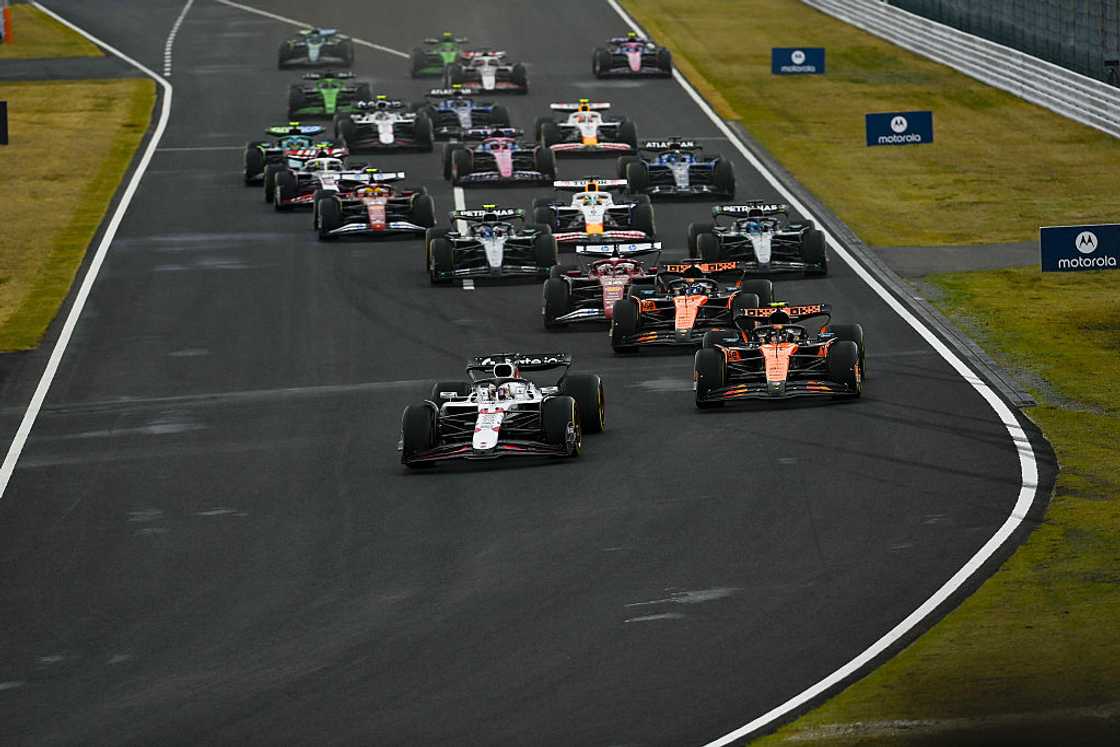
Source: Getty Images
What is the most number of laps in a single F1 race?
The most number of laps in a single Formula 1 race is 78 laps, which happens at the Monaco Grand Prix. Monaco has the shortest track on the F1 calendar, so more laps are needed to meet the required race distance.
Why is F1 305 km?
F1 races must cover at least 305 kilometres (about 190 miles) to ensure they are long enough to be exciting but still manageable for Formula 1 drivers and tracks.
What is the maximum time for an F1 race?
The maximum time for a Formula 1 race is 3 hours, including any delays or red flag stoppages.
What is the average F1 track length per lap?
The average Formula 1 track length per lap is about 5 to 5.5 kilometres (approximately 3.1 to 3.4 miles), but varies by circuit. For example, Monaco is just 3.34 km, while Spa-Francorchamps is 7.00 km.
The length of a Formula 1 race is carefully structured by both distance and time limits to ensure fairness and consistency across the championship. While the exact number of laps and duration may vary depending on the track, each race is designed to deliver a balanced and competitive experience for drivers and fans alike.
Legit.ng recently published an article about the greatest F1 drivers of all time. Formula 1 racing is international racing involving open-wheel, single-seater Formula 1 cars. Over the decades, the sport has produced many legendary drivers who have defined the sport with their skill, courage, and unrelenting drive to win.
Their achievements continue to captivate fans worldwide, inspiring new generations of drivers to chase greatness on the track. Discover some of the best F1 drivers of all time.
Proofreading by Kola Muhammed, copy editor at Legit.ng.
Source: Legit.ng


